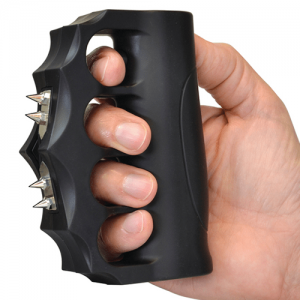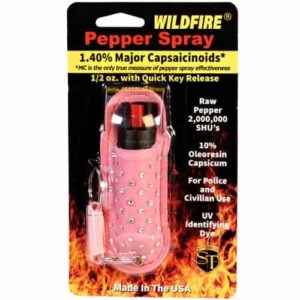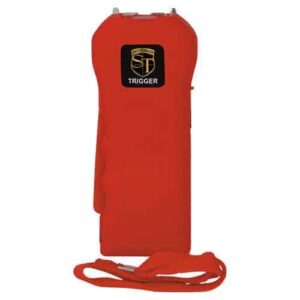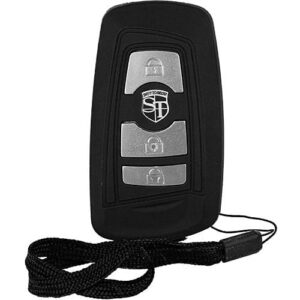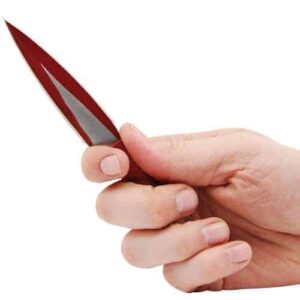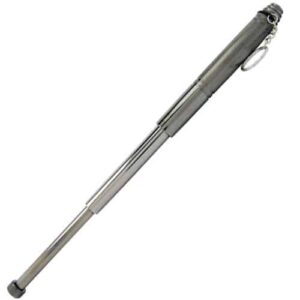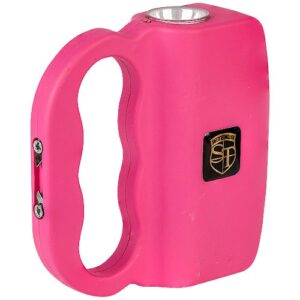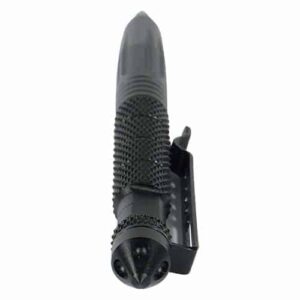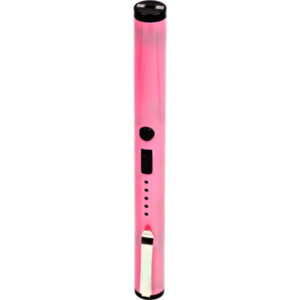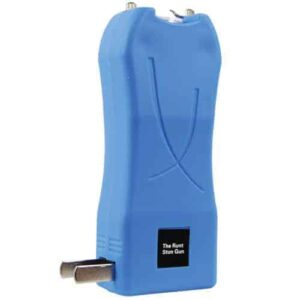Imagine a small can that holds an immense power to protect you in times of danger. A can of mace, a simple yet effective self-defense tool that can provide you with a sense of security and peace of mind. With just a single spray of this potent substance, you can turn the tables on any potential attacker, giving yourself precious seconds to escape and seek help. This article explores the incredible power of a can of mace and how it can be a game-changer in ensuring your personal safety.
Table of Contents
ToggleUnderstanding Mace
Definition of Mace
Mace, also known as pepper spray, is a self-defense tool that is widely used to deter and neutralize potential threats. It is a non-lethal aerosol spray that contains a combination of chemicals, typically capsaicinoids, which are derived from chili peppers. When sprayed onto an assailant, mace causes temporary incapacitation by irritating the eyes, nose, and respiratory system.
History of Mace
The use of mace for self-defense dates back centuries. In ancient times, people discovered that chili peppers had a fiery effect when coming into contact with the body. This led to the development of early forms of mace, including grinding chili peppers into a powder and blowing it into an assailant’s face. Over time, advancements in technology and chemical formulations led to the creation of modern-day mace, which is more effective and convenient to use.
Composition and Formulations
Modern mace formulations consist of a variety of active ingredients, with capsaicinoids being the main irritant. These capsaicinoids are derived from natural sources, such as chili peppers, and are responsible for the intense burning sensation experienced when exposed to mace. Other ingredients may be added to enhance the effectiveness of the spray, such as inert agents to help disperse the capsaicinoids and propellants to create the aerosol effect.
Legal Considerations
Legality of Mace
The legality of mace varies from country to country and even within different states or regions. In many jurisdictions, mace is legal and can be purchased by individuals for personal protection. However, it is important to familiarize yourself with local laws and regulations to ensure compliance. Some areas may have restrictions on the size or concentration of mace spray, or require a permit for its possession.
Restrictions and Regulations
Even in areas where mace is legal, there may be certain restrictions and regulations governing its use. For example, some jurisdictions may prohibit the use of mace in certain locations, such as schools or government buildings. Additionally, there may be age restrictions on the purchase and possession of mace. It is crucial to be informed about these limitations to avoid any legal consequences.
International Laws and Regulations
If you are considering traveling with mace, it is essential to familiarize yourself with the laws and regulations of your destination country. Some countries have strict restrictions on the possession and use of mace, while others may prohibit it altogether. Researching and adhering to these rules will help ensure a trouble-free travel experience.

This image is property of pixabay.com.
Effectiveness and Deterrence
Chemical Properties of Mace
Mace is designed to incapacitate an assailant by causing severe irritation to their eyes, nose, and respiratory system. The active ingredient, capsaicinoids, activates pain receptors, resulting in intense burning, swelling, and temporary blindness. This chemical reaction is a highly effective deterrent, as it can instantly disable an attacker, giving you valuable time to escape or seek help.
Effects on the Body
When mace is sprayed into the eyes and mucous membranes, it causes immediate pain, irritation, and inflammation. The target may experience a burning sensation, excessive tearing, difficulty breathing, and temporary blindness. These effects can last for up to 45 minutes, providing a sufficient window of opportunity to escape a dangerous situation.
Efficacy as a Self-defense Tool
Mace is widely regarded as an effective self-defense tool due to its ability to disable attackers temporarily. It is a non-lethal option that provides a means of protection without causing permanent harm or fatalities. By incapacitating an assailant, mace allows individuals to defend themselves and create a safe opportunity to escape.
Comparing Mace to Other Personal Safety Devices
In comparison to other personal safety devices such as stun guns or tasers, mace offers several advantages. It can incapacitate multiple attackers simultaneously, while stun guns typically require direct contact with the assailant. Additionally, mace has a longer range and can be used from a safer distance, reducing the risk of physical confrontation.
Choosing the Right Mace
Factors to Consider
When choosing a mace product, there are several factors to consider. These include the intended use, personal preferences, and legal restrictions in your area. It is important to select a mace that is appropriate for your needs and provides the necessary level of protection.
Strength and Concentration
Mace products come in various strengths, typically measured by the percentage of capsaicinoids they contain. Higher concentrations provide a more potent effect, but may also have legal restrictions. Consider your comfort level and the level of threat you anticipate when selecting the strength of mace.
Spray Patterns and Range
Different mace products offer a variety of spray patterns, including cone-shaped, stream, and fogger. Each pattern has its advantages and disadvantages depending on the situation. Additionally, consider the effective range of the spray, as it can vary between products.
Size, Portability, and Discreetness
The size and portability of mace can play a role in its convenience and accessibility. Compact mace can be easily carried in a purse or pocket, while larger canisters may be suitable for home or vehicle use. Discreetness is also a consideration, as some individuals may prefer a mace product that does not draw attention.
Additional Features and Accessories
Some mace products offer additional features and accessories to enhance effectiveness and convenience. These may include built-in flashlight or holsters for easy access. Assess your personal needs and preferences when considering these additional features.
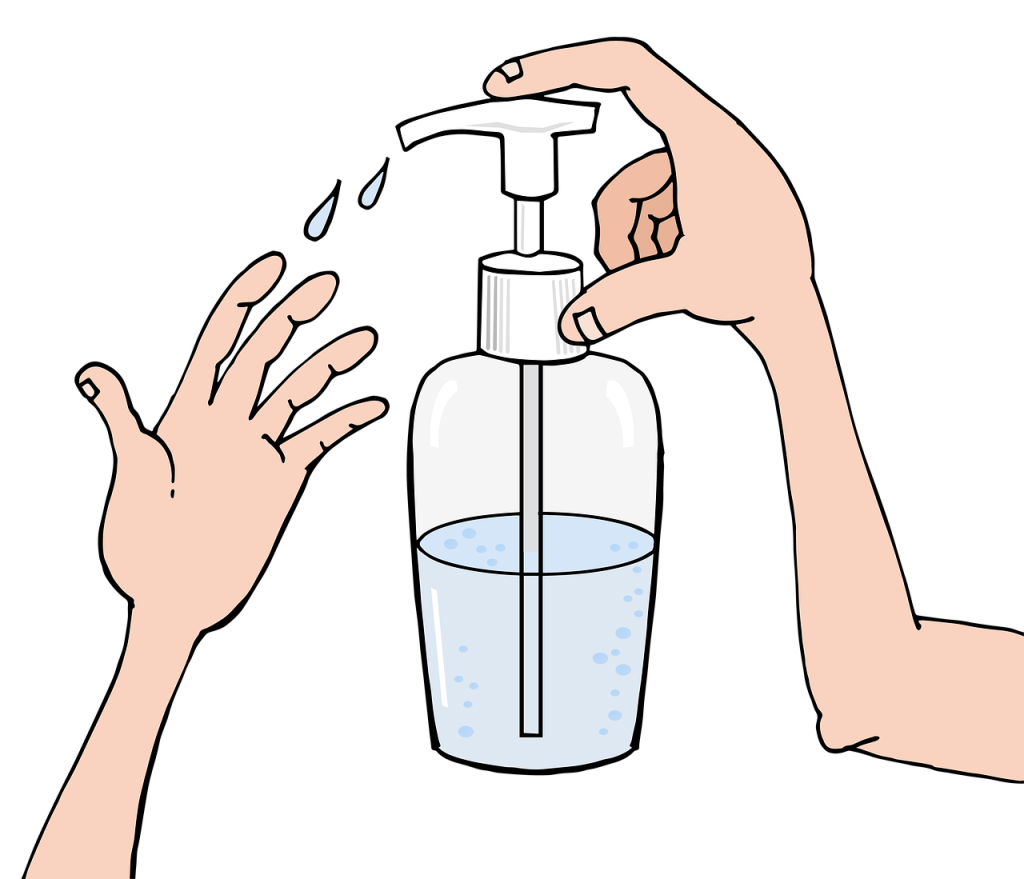
This image is property of pixabay.com.
Proper Handling and Training
Safety Precautions
When handling mace, it is essential to follow safety precautions to minimize the risk of accidents or misuse. Read and understand the instructions provided with the product, and familiarize yourself with proper handling techniques. Avoid spraying mace in close proximity to yourself or others, as the effects can be debilitating.
Storage and Shelf Life
Proper storage of mace is crucial to maintain its potency and effectiveness. It is generally recommended to store mace in a cool, dry place, away from direct sunlight or extreme temperatures. Check the expiration date of your mace product regularly and replace it when it has expired to ensure maximum effectiveness.
Training and Familiarization
While mace is relatively easy to use, it is recommended to receive proper training and familiarize yourself with its operation. Many self-defense classes offer training on the use of mace as part of their curriculum. The training will provide you with valuable insights on how to effectively deploy mace and increase your confidence in using it as a self-defense tool.
Using Mace Effectively
Situational Awareness
Situational awareness is a crucial aspect of using mace effectively. Being aware of your surroundings and identifying potential threats allows you to assess the situation and take necessary precautions. Stay alert, avoid distractions, and trust your instincts when it comes to personal safety.
Proper Deployment Techniques
To maximize the effectiveness of mace, it is important to employ proper deployment techniques. Aim for the assailant’s face and spray in short bursts to ensure direct contact. Keep a safe distance to avoid potential retaliation. Practice deploying mace to improve your accuracy and proficiency.
Targeting Vulnerable Areas
Mace is most effective when sprayed directly into an assailant’s eyes and facial region. Targeting vulnerable areas maximizes the impact of the spray, causing the assailant to experience intense pain and temporary incapacitation. Aim for the eyes, nose, and mouth for optimal results.
De-escalation and Escape Strategies
While mace can be an effective deterrent, it is essential to remember that its primary purpose is to create a window of opportunity for de-escalation and escape. Once you have incapacitated the assailant, make your best effort to disengage from the situation and seek safety. Avoid prolonging the encounter unnecessarily.

This image is property of pixabay.com.
Common Mistakes and Misconceptions
Misuse and Accidental Discharge
One common mistake when using mace is accidental discharge. It is crucial to handle the canister properly and be aware of the orientation of the spray nozzle to prevent accidental discharge. Additionally, avoid using mace in situations where it is not justified, as it may lead to legal consequences.
Overreliance and False Sense of Security
While mace can be a valuable tool for personal safety, it is important not to become overreliant on it. It is just one component of a comprehensive personal safety plan. Developing other self-defense skills, such as situational awareness and de-escalation techniques, is equally important.
Effectiveness against Different Threats
Mace is highly effective in disabling human attackers, but it may have varying levels of efficacy against different threats. Animals, for example, may not be as susceptible to the effects of mace due to differences in physiology. It is important to assess the specific context and understand the limitations of mace when dealing with various potential threats.
Post-Incident Considerations
Reporting the Incident
After using mace for self-defense, it is important to report the incident to the relevant authorities. This helps law enforcement gather information and potentially prevent future attacks. Provide a detailed account of the incident, including any description of the assailant and any witnesses present.
Seeking Medical Attention
Even though the effects of mace are temporary, it is important to seek medical attention after using it for self-defense. This allows medical professionals to assess the individual’s condition and provide appropriate care. Additionally, they can document any injuries caused by the assailant, which may be essential for legal purposes.
Emotional Support and Coping
Being involved in an incident where mace is used can be traumatizing. Seek emotional support from friends, family, or professionals who can help you cope with the aftermath of the incident. It is important to address any feelings of fear, anxiety, or lingering effects associated with the event.
Alternatives to Mace
Personal Alarms
Personal alarms can be an effective alternative or complement to mace as a self-defense tool. These devices emit a loud, attention-grabbing sound when activated, which can startle and deter potential attackers. Personal alarms are small, portable, and easy to use, making them suitable for individuals of all ages.
Stun Guns and Tasers
Stun guns and tasers are popular self-defense tools that use electrical current to immobilize assailants temporarily. These devices require close contact with the assailant, but they deliver a powerful shock that can incapacitate even the most determined attackers. However, it is important to check the legal regulations regarding their use in your jurisdiction.
Self-defense Training
Investing in self-defense training can provide valuable skills and techniques to protect yourself in various situations. Self-defense classes teach a range of techniques, including physical strikes, verbal de-escalation, and situational awareness. By learning how to defend yourself effectively, you can enhance your personal safety regardless of the availability of specific tools.
Mobile Safety Apps
Mobile safety apps are emerging as a popular alternative in the digital age. These apps leverage smartphone technology to offer a variety of safety features, including emergency contacts, GPS tracking, and alert systems. They can provide an extra layer of security and peace of mind, especially when traveling alone or in unfamiliar locations.
Conclusion
Empowering Personal Safety
Mace, as a reliable self-defense tool, empowers individuals to take control of their personal safety. Its non-lethal nature and effectiveness make it a popular choice for those seeking peace of mind and protection in today’s world.
Mace as a Reliable Tool
By understanding the definition, history, composition, and proper handling of mace, individuals can make informed decisions and choose the right mace product for their needs. It offers an effective means of self-defense and gives users the ability to neutralize potential threats.
Continued Awareness and Preparedness
While mace is an effective tool, it should not be the only aspect of personal safety. Continued awareness of one’s surroundings, taking proactive safety measures, and staying up-to-date with self-defense techniques are essential for a comprehensive and proactive approach to personal safety.



